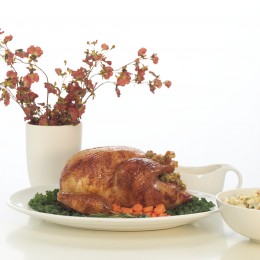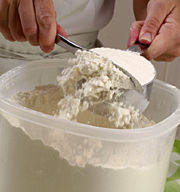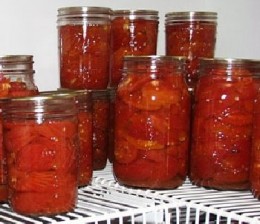The USDA Food Composition Database now includes over 80,000 brand name foods. This free online resource for families, the food industry, and researchers also contains basic food information.
The Database has options on how to search for information. Besides searching for an individual food, it also has lists by nutrient if you need to consume more or less foods with a specific nutrient. This can be valuable for those with food allergies, diabetes, kidney disease and other diseases. When you look at the list of nutrients, it is shown by household measure or grams. These values can be changed.
In the coming months, more foods will be added to include up to 500,000 products. It will also detail serving size, servings per package and much more.
The USDA Food Composition Database is a transparent source of food information. It can be found at https://ndb.nal.usda.gov/ndb/






